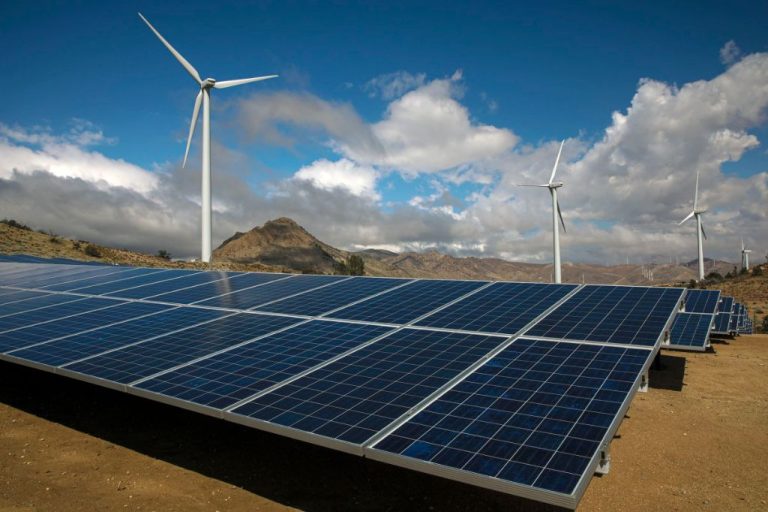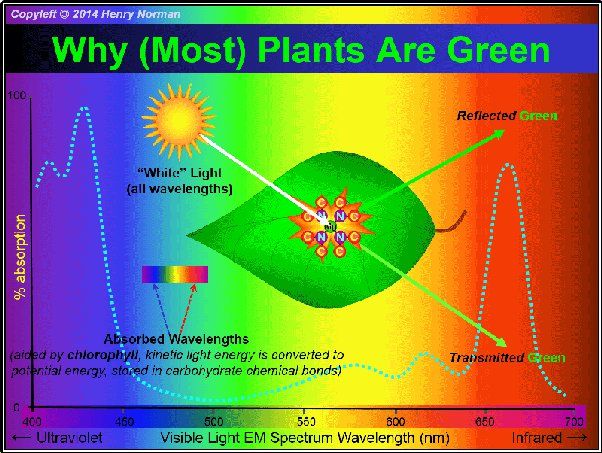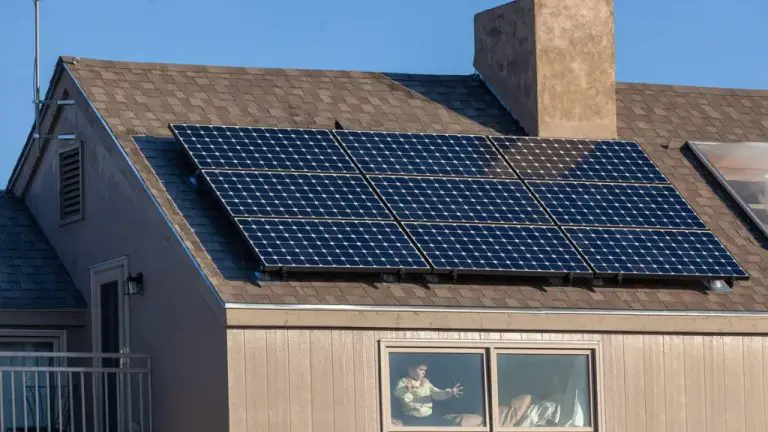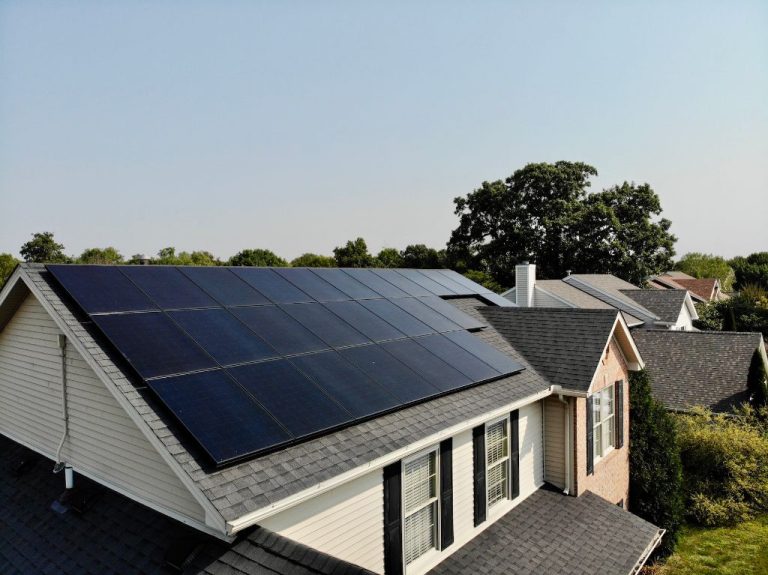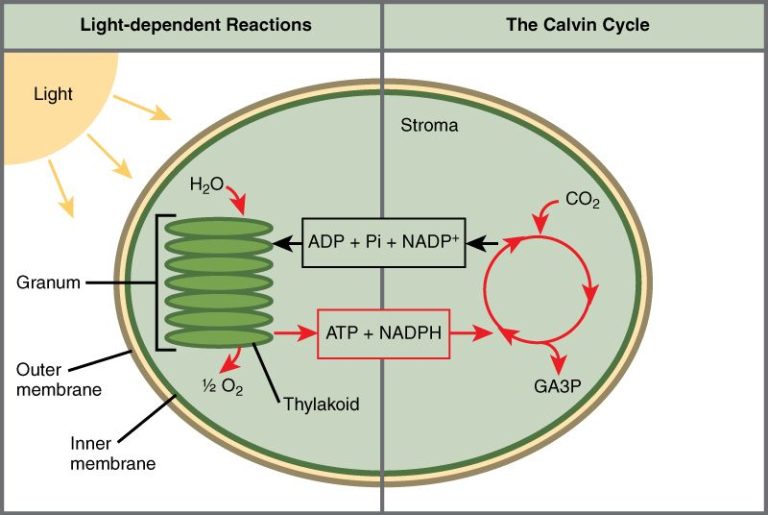Could The Sahara Desert Power The World?
The Sahara Desert is a vast, hot, dry region covering over 3.5 million square miles across parts of North Africa. It stretches from the Red Sea and Egypt in the east to the Atlantic Ocean in the west. With little rainfall, extreme temperatures, and windswept sand dunes, this iconic desert seems an unlikely location for producing renewable energy at a massive scale.
Yet the sheer size and intense sunlight of the Sahara Desert also present a tremendous opportunity. Some experts believe the Sahara could potentially generate enough solar and wind energy to power a substantial portion of the world. By harnessing the Sahara’s renewable resources with an enormous buildout of solar panels, wind turbines, and transmission lines, proponents argue the desert could help meet rising global energy demand in a carbon-free way.
Solar Energy Potential
The Sahara Desert, spanning over 3.5 million square miles across Northern Africa, receives tremendous amounts of solar irradiation due to its location and minimal cloud cover. Solar irradiation refers to the amount of solar energy received on a given surface area over a period of time. Specifically, the Sahara receives between 2,000 and 3,000 kilowatt-hours (kWh) of solar irradiation per square meter annually, according to studies.
To put this in perspective, most parts of Europe and the United States average around 150 – 300 kWh per square meter annually. So the Sahara has about 10 times the solar potential based on irradiation. This massive solar resource makes the Sahara an optimal location for large-scale solar power installations like concentrated solar power plants and solar photovoltaic panel farms.
Even a small portion of the Sahara could generate enough solar energy to potentially power the entire world. Estimates indicate that covering even .5-1% of the Sahara with solar panels could produce 100-250 terawatts of energy annually. This is well above the approximately 18 TW of power the world currently consumes annually. With its vast unused land area and intense sunlight, the Sahara offers almost unlimited solar power potential.
Wind Energy Potential
The Sahara Desert has excellent potential for harnessing wind energy. Certain areas of the Sahara experience strong and consistent winds, with average wind speeds over 9 meters per second in prime locations. Studies have identified wind farm sites in Morocco, Algeria, Tunisia, and Egypt that could generate substantial amounts of electricity.
Modern wind turbines can operate effectively in the hot, arid conditions of the desert. Advancements in turbine technology allow the latest models to capture more wind energy and convert it to electricity more efficiently. Large, utility-scale wind farms with hundreds of turbines could be constructed across high wind areas of the Sahara.
According to research, wind farms located in the Sahara could reliably generate many terawatt hours of electricity annually. This is several times greater than the total current energy demand in North Africa. Capturing even a fraction of the Sahara’s wind power potential could produce clean electricity to meet rising regional energy needs, as well as provide surplus renewable energy for export.
Required Infrastructure
To harness renewable energy sources like solar and wind on a large scale in the Sahara, substantial infrastructure would need to be built. Two key components are transmission lines to transport the electricity and storage facilities to handle fluctuations in supply.
Long-distance, high-voltage direct current (HVDC) transmission lines would need to carry power from the Sahara to population centers where demand is high. These transmission lines allow efficient transportation of electricity over long distances with lower power losses compared to alternating current lines. Building thousands of miles of transmission lines across North Africa and the Mediterranean would require massive capital investments.
Energy storage facilities help deal with the intermittent nature of renewables like solar and wind. When the sun isn’t shining or wind isn’t blowing, energy storage provides a buffer to meet demand. At large scale, this could be done through pumped hydro storage, compressed air energy storage, molten salt storage, and lithium-ion batteries. Grid-level storage solutions would be essential for the Sahara to reach its potential as a stable supplier of renewable energy.
Economic Considerations
The viability of harnessing the Sahara’s solar and wind resources depends heavily on the economic costs and benefits. Building massive solar farms and wind turbine installations in such a remote desert area requires substantial upfront investments. However, renewable energy projects can achieve significant cost efficiencies through economies of scale. The more megawatts of solar and wind capacity installed, the lower the per unit costs due to fixed financing, transmission, and maintenance expenses. Though the initial capital costs are high, once the infrastructure is in place, the “fuel” source of wind and sunlight is free. This allows renewable power from the Sahara to be potentially exported at competitive rates to Europe through transmission lines under the Mediterranean sea. The financial hurdles are still considerable, but the Sahara represents one of the world’s most promising locations to produce utility-scale solar and wind power at costs that could eventually undercut fossil fuel alternatives.
Political Factors
Developing the solar and wind energy potential of the Sahara Desert would require extensive political cooperation and policy development between North African countries and countries interested in importing the renewable energy. There are several key considerations:
Governments in North African countries with access to the Sahara, such as Morocco, Algeria, Tunisia, Libya, and Egypt, would need to develop policies to enable large-scale investments in solar and wind farms in the desert. This may require reforms and incentives to attract foreign investors in renewables.
These governments would also need to establish regulatory frameworks for exporting the renewable electricity to Europe and the Middle East. Cross-border transmission lines and trade agreements for power exports would need to be negotiated.
The European Union has set renewable energy targets to source a portion of power from North Africa by 2050. Meeting these goals would require EU political and financial support for projects in the region. Maghreb regional unity and stability will also facilitate cooperation on desert solar and wind initiatives.
Individual European countries like Germany, France and Spain have provided funding and technical expertise for pilot projects in the region but more government backing is needed to achieve scale. The EU’s Energy Charter Treaty and projects like the Desertec Industrial Initiative provide frameworks for greater cooperation.
Intergovernmental organizations like the World Bank, African Development Bank and UN also have key roles to play in enabling policies, regulations, financing and grid integration required for Sahara renewable energy to power economies across continents.
Environmental Impact
The Sahara Desert has a fragile ecosystem that could be significantly impacted by large-scale renewable energy projects. While the desert landscape may appear barren, it is home to a variety of flora and fauna that have adapted to the harsh climate.
Lizards, snakes, small mammals, and desert birds rely on the sparse vegetation and limited water sources found in the desert oases. Large solar and wind installations could disrupt sand dune patterns and underground aquifers that sustain native plants and animals.
There are also concerns that the Sahara’s ecosystem is not robust enough to withstand the continual maintenance and operation of renewable energy infrastructure without serious degradation. Large numbers of vehicles and workers over many acres of land could eradicate native plants, accelerate soil erosion, and threaten endangered desert species.
Additionally, the materials and processes involved in constructing massive solar arrays or wind farms may introduce pollution and toxic chemicals harmful to the local environment. There would need to be strong oversight to ensure the sustainability of projects and prevent long-term ecological damage.
Environmental impact assessments and protection plans for flora and fauna would likely be needed to make the Sahara a viable location. It’s an ecosystem that has taken millennia to develop and would require careful stewardship alongside renewable energy development.
Technological Advances
Significant progress has been made in solar and wind technologies in recent years that may increase the viability of large-scale renewable energy projects in the Sahara. Two key areas of advancement are improving efficiency of solar panels and wind turbines, and developing better electricity transmission technologies.
Researchers continue to make gains in solar cell efficiency, with laboratory demonstrations now exceeding 47% efficiency compared to 15-20% for most commercial panels. Higher efficiency means more electricity can be produced from the same footprint of solar panels. New solar thermal technologies like concentrated solar power plants also boost productivity.
Wind turbine design has evolved substantially as well. Larger rotors, taller towers, improved materials, and more aerodynamic blade shapes lead to increased output. Offshore wind farms allow access to stronger and more consistent winds. Floating offshore platforms are being tested to access superior wind resources further from shore.
Getting the electricity from remote solar and wind installations to population centers is a major challenge. High voltage direct current (HVDC) transmission lines and grid interconnection projects are in development to transmit power over long distances with lower losses. New superconducting materials, power electronics, and energy storage solutions may also help enable a continental-scale renewable grid.
With continued technology improvements and infrastructure investment, the Sahara could provide a substantial portion of the world’s electricity needs in an affordable and sustainable manner. However, economic, political and environmental obstacles remain.
Comparisons to Other Renewables
When compared to other large-scale renewable energy sources like offshore wind, the Sahara Desert has both advantages and disadvantages. Offshore wind farms located in ideal windy locations have demonstrated capacity factors of around 60%, producing a steady and reliable source of energy. In contrast, solar plants in the Sahara would likely have capacity factors of 25-30% due to the day-night cycle. However, the sheer size and solar irradiation of the Sahara provides a massive energy generation potential that exceeds offshore wind. Estimates show the Sahara could provide over 7,000 times the energy demand of Europe, compared to North Sea offshore wind which could provide only a fraction of European demand.
Additionally, offshore wind requires expensive investments in underwater infrastructure and grid connections. Solar plants in the Sahara would require long transmission lines to connect to population centers, but the transmission costs could be lower. Both technologies require energy storage to smooth out intermittent production. Ultimately, the Sahara’s solar resources significantly outstrip the potential of offshore wind. But a balanced mix of renewables with complementary production profiles may prove optimal.
Conclusion
The Sahara desert holds significant potential for solar and wind energy production that could help power not only North Africa but also Europe. However, major investments in infrastructure, transmission lines, and storage would be required to tap into this potential. There are also economic and political considerations, as much of the energy may be exported to Europe. Additional environmental impact studies are needed to understand the effects on local communities and ecosystems.
While the Sahara alone cannot power the entire world due to capacity constraints, it could play an important role in the global renewable energy transition. With continued technological advances and decreasing costs, solar and wind farms in the Sahara may become increasingly viable sources of clean electricity. However, countries would need to cooperate and develop shared infrastructure to enable large-scale exports of renewable power from the desert to Europe and beyond. Overall, the Sahara represents a promising renewable energy resource for the future, albeit one requiring substantial coordination between countries to fully realize its potential.

